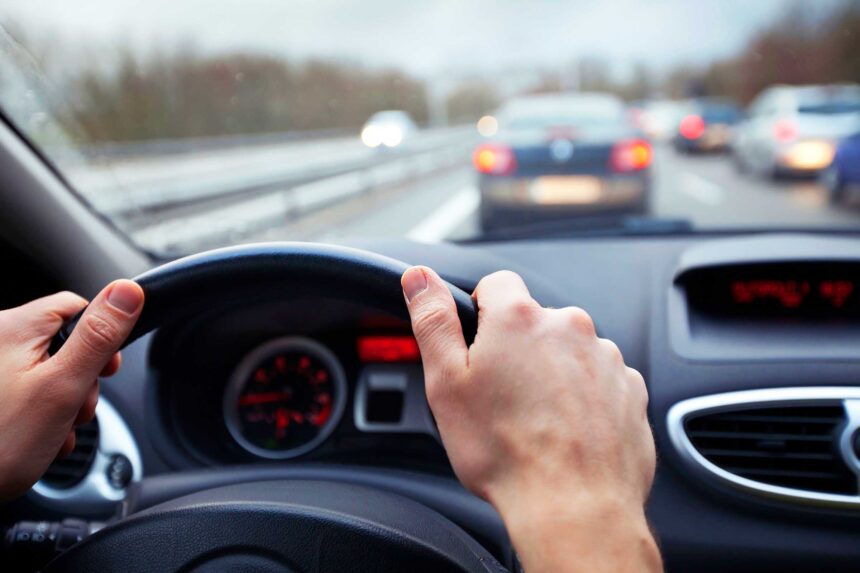More than 35,000 people lost their lives on our nation?s highways and byways in 2015, and more than 2.4 million people were injured in automotive accidents, according to the Insurance Information Institute (III). Getting behind the wheel and going for a drive is a key element of the American experience. From pleasure to workforce necessity, transportation is an every day part of our life. During my time in Los Angeles, I learned how crazy that demand for the commuter lifestyle can be. Sitting in bumper-to-bumper traffic in the mornings and evenings, while sailing through in the mid-afternoon wasn?t uncommon. No matter the traffic conditions, being alert and focused on the road could be the difference between getting to your destination safely, or traveling to a hospital in the back of an ambulance, or worse.
8 Hours in Bed Could Save Your Life
Getting a good night?s sleep is critical to virtually every aspect of your day. The first thing most of us do after getting ready for our day is hop into a vehicle and drive to work. You?re taking your life and the life of those around you into your hands. If you strike someone, or something, your weapon of choice is a 4 ton heap of metal, plastic and gasoline traveling at a high-rate of speed. Commit to turning in early and turn off the TV. If you absolutely must have something to entertain you as you drift to sleep, listen to a quiet radio or podcast on your phone.
Drowsy Driving is almost as Bad as Drunk Driving
If you?re tossing and turning at night, consult your physician. You may be suffering from a myriad of medical conditions that negatively impact our ability to get a goodnight?s sleep; include insomnia, chronic pain or sleep-apnea. Also, invest some time and energy into finding the best mattress for your body type. A better mattress can do wonders for improving the duration and quality of restful sleep. You can visit thebest-mattress.org to explore the best option. The inability to get a solid night of rest and rejuvenation can lead to an unsafe morning commute. If you feel tired while driving, pull off to the side of the road and take a 20 minute power nap. Or, head into a local diner and grab a cup of coffee. 60% of adult drivers admit to ?driving while drowsy? according to national surveys.Roughly 20% of accidents are attribute to driver fatigue; that?s more than a million motor-vehicle accidents attributed to ?driving while drowsy? every year!
Tips for Handling a Drowsy Driver as a Passenger
Even if you carpool or take public transit to work, a full night of sleep is important. If you?re driving with someone that is yawning a lot, or doesn?t appear to be alert behind the wheel, you shouldn?t feel bad about speaking up. Remember, you might save both of your lives by taking over for a drowsy driver. I recently had to deal with this while carpooling home from a week-long conference. My coworker, someone I interact with on a daily basis, was pounding coffee for the first few hours of our drive home. Then, as the miles wore on, it became significantly more apparent that she was fatigued. I politely offered to drive, without accusing her of putting our lives in danger. She rebuffed my initial offer, but I pointed out that it?s only fair I take over, since we were past the half-way point in our journey. Then, to really push her towards letting me drive, I started listening to some opera on the car stereo (passenger gets to control the radio!). By making a joke about how we would be listening to horrible music until she was a passenger, in charge of music section, I was able to coax her into switching seats at the next rest stop. If you?re driving along and tired, don?t be afraid to pull off to the side and recharge your batteries. And, remember, the fight for staying awake behind the wheel starts in bed the night before.









